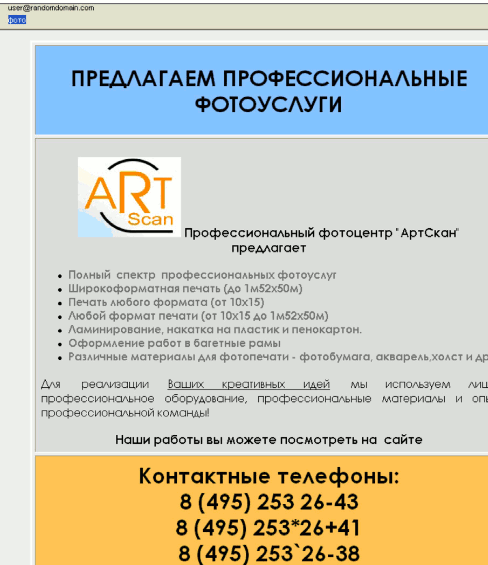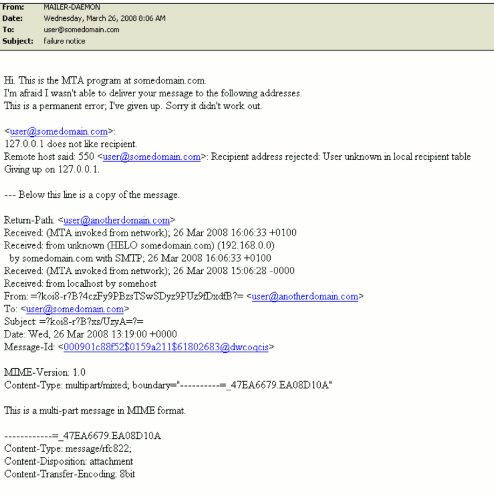Recently, more and more people have been complaining about backscatter; its levels seem to have increased over the past few weeks.
If you're unfamiliar with the terminology -- backscatter is mail you didn't ask to receive, generated by legitimate, non-spam-sending systems in response to spam. Here are some examples, courtesy of Al Iverson:
- Misdirected bounces from spam runs, from mail servers who "accept then bounce" instead of rejecting mail during the SMTP transaction.
- Misdirected virus/worm "OMG your mail was infected!" email notifications from virus scanners.
- Misdirected "please confirm your subscription" requests from mailing lists that allow email-based signup requests.
- Out of office or vacation autoreplies and autoresponders.
- Challenge requests from "Challenge/Response" anti-spam software. Maybe C/R software works great for you, but it generates significant backscatter to people you don't know.
It used to be OK to send some of these types of mail -- but no longer. Nowadays, due to the rise in backscatter caused by spammer/malware abuse, it is no longer considered good practice to "accept then bounce" mail from an SMTP session, or in any other way respond by mail to an unauthorized address of the mail's senders.
Backscatter as spam delivery mechanism
I would hazard a guess that this rise is due to one of the major spam-sending botnets adopting the use of "real" sender addresses rather than randomly-generated fake ones, probably in order to evade broken-by-design Sender-Address Verification filters.
There's an alternate theory that spammers use backscatter as a means of spam delivery -- intending for the mails to bounce, in effect using the bounce as the spam delivery mechanism. Symantec's most recent "State of Spam" report in particular highlights this.
I don't buy it, however. Compare their own example message -- here's what the mail originally sent by the spammer to the bouncer, rendered:

And here's what it looks like once it passes through the bouncer's mail system:

That's simply unreadable. There's absolutely no way for a targeted end user to read the "payload" there...
I haven't run into this recent spike in backscatter at all, myself, since I have a working setup that deals with it. This blog post describes it. If you're using Postfix and SpamAssassin, it would be well worth taking a look; if you're just using SpamAssassin and not Postfix, you should still try using the Virus Bounce Ruleset to rid yourself of various forms of unwanted bounce message.
Note that you need to set the 'whitelist_bounce_relays' setting to use the ruleset, otherwise its rules will not fire.
There's a theory that setting SPF records (or other sender-auth mechanisms like DomainKeys or DKIM) on your domains, will reduce the amount of backscatter sent to your domains. Again, I doubt it.
Backscatter is being sent by old, legacy mail systems. These systems aren't configured to take SPF into account either. When they're eventually updated, it's likely they'll be fixed to simply not send "accept then bounce" responses after the SMTP transaction has completed. It's unlikely that a system will be fixed to take SPF into account, but not fixed to stop sending backscatter noise.
It's good advice to use these records anyway, but don't do it because you want to stop backscatter.
You might be worried that the SpamAssassin VBounce ruleset will block bounces sent in response to your own mail. As long as the error conditions are flagged during the SMTP transaction (as they should be nowadays), and you've specified your own mailserver(s) in 'whitelist_bounce_relays', you're fine.